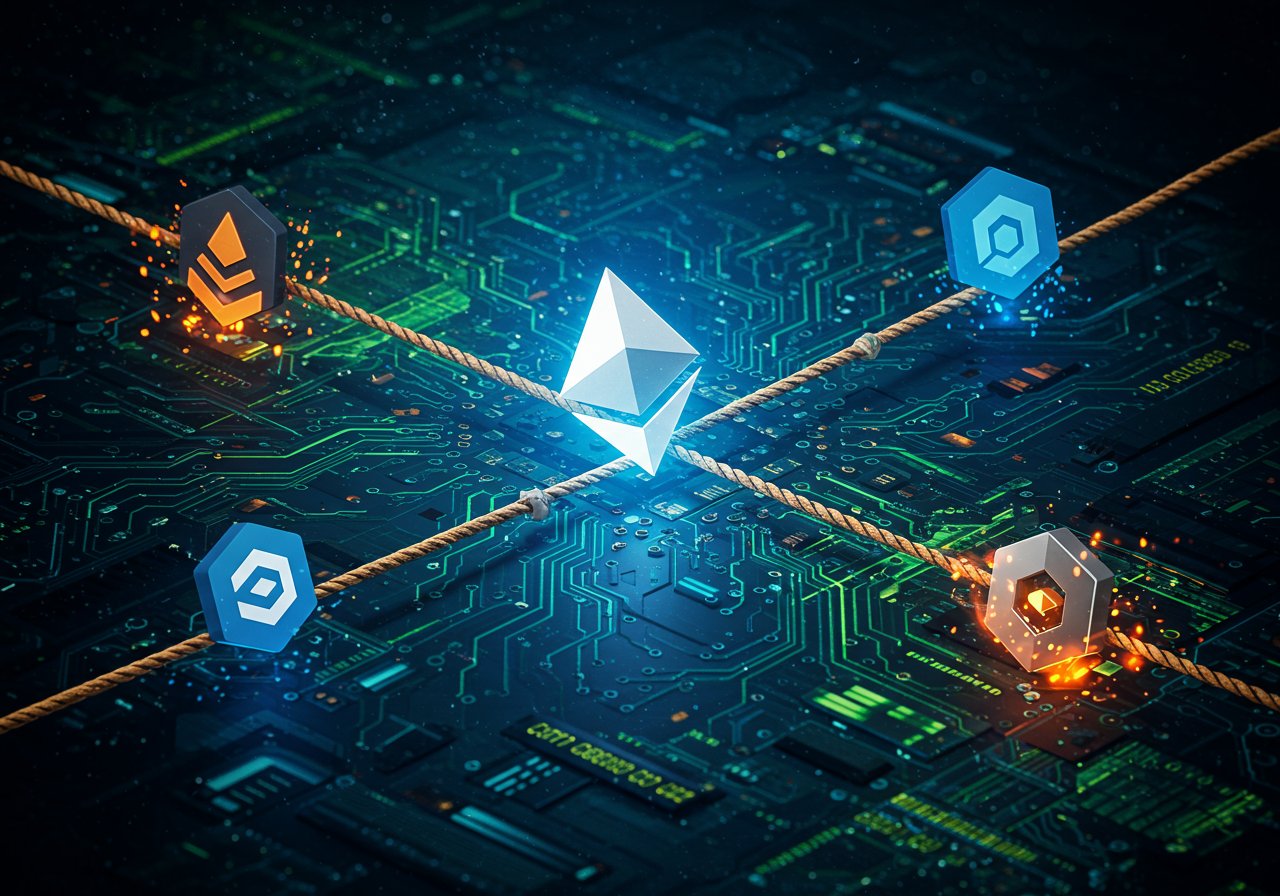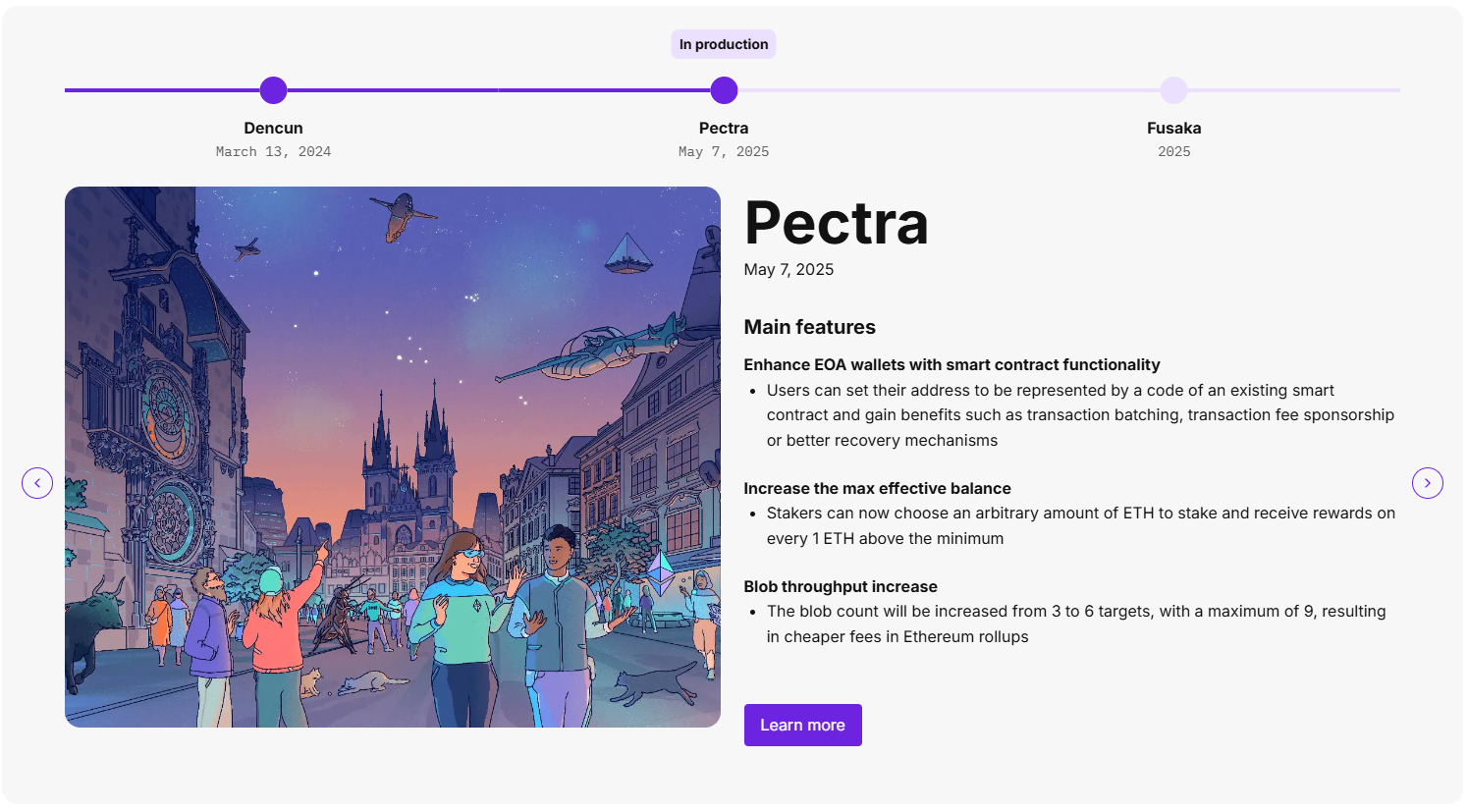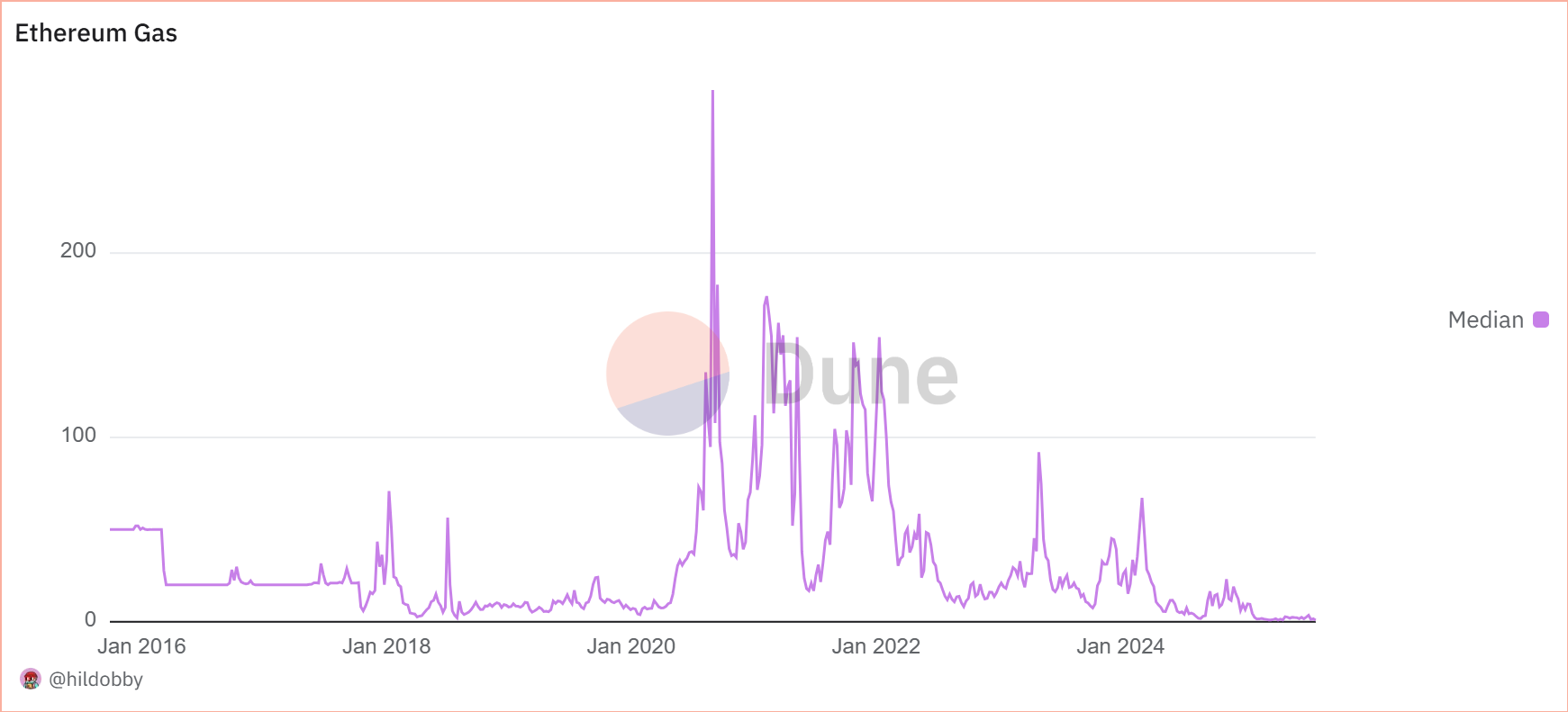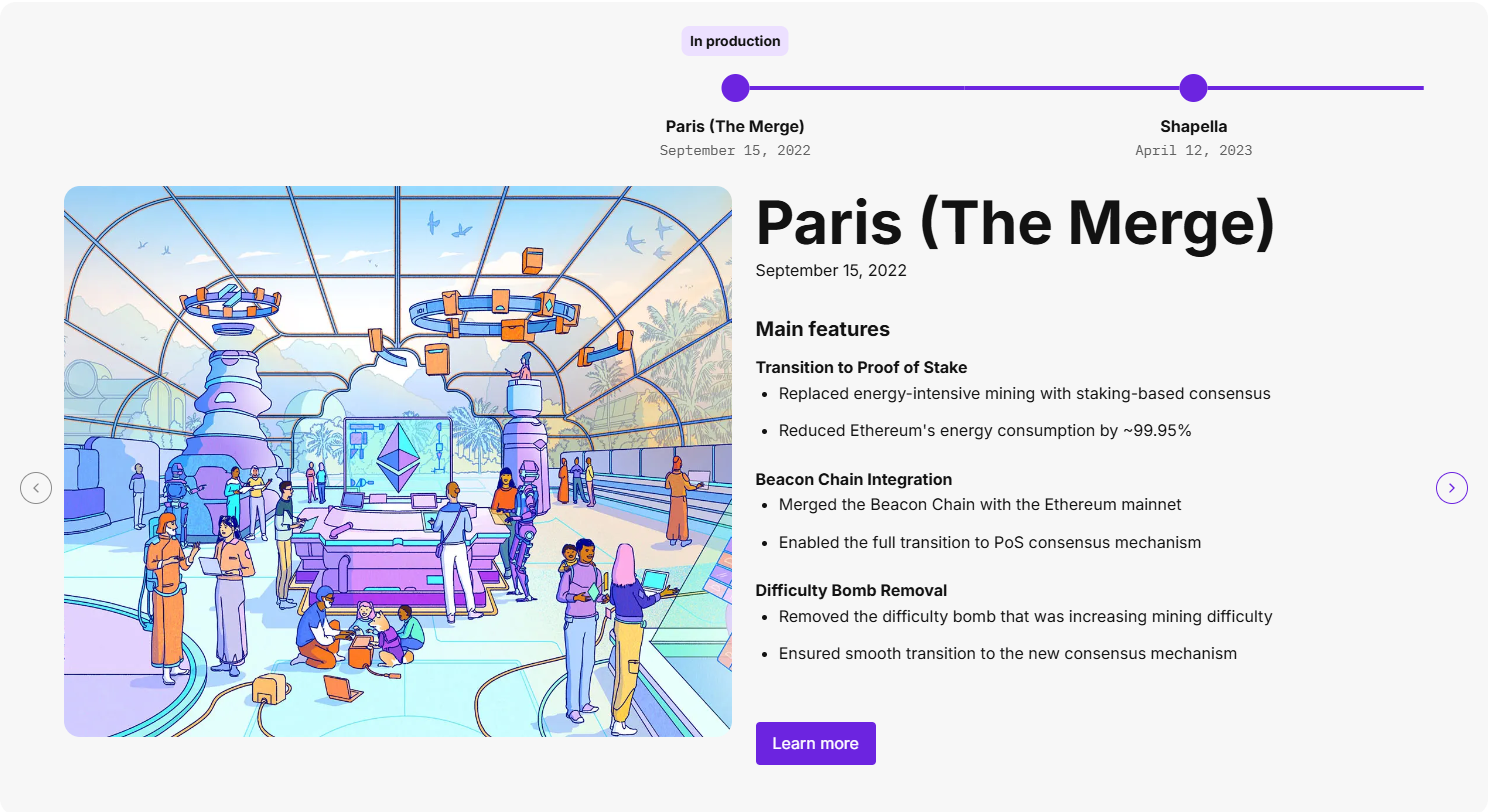
A Decade of Innovation: Ethereum‘s Journey
Ethereum, the pioneering smart-contract platform, has reached a critical juncture. Cointelegraph‘s documentary, “The Fight for Ethereum’s Soul,” offers a timely exploration of the blockchain‘s evolution, challenges, and future prospects. This documentary, filmed at EthCC in Cannes, features insights from key figures within the Ethereum ecosystem, including Ethereum Foundation (EF) co-executive director Tomasz Stańczak, Polygon co-founder Sandeep Nailwal, and others. Their perspectives paint a picture of a network constantly adapting to secure its future amidst a rapidly evolving crypto landscape.
Navigating a Complex Ecosystem
Ethereum‘s journey began with the promise of programmability and composability. This innovation, inspired by Bitcoin, has spurred the creation of decentralized applications (dApps), decentralized finance (DeFi) protocols, and a burgeoning ecosystem. However, this growth has presented challenges. The initial limitations of Ethereum‘s base layer led to the development of layer-2 (L2) solutions. These solutions, using advanced cryptography, offload transaction processing, thereby increasing scalability and reducing costs. While successful, this has fragmented liquidity and shifted incentives, a central theme explored in the documentary.

The Balancing Act: L1 vs. L2
The transition to a layer-2 centric approach has necessitated a crucial balancing act for the Ethereum community. The documentary highlights the importance of the base layer (L1) while simultaneously acknowledging the critical role of L2s. As noted by Dune Analytics co-founder Fredrik Haga, the shift to L2s, particularly with the advent of technologies like blobs through the Dencun upgrade, has dramatically reduced fees. But it also raises questions about how to incentivize validators on the base layer, the very foundation of the network’s security.

Pectra and Beyond: The Road Ahead
The documentary examines the impact of the Pectra upgrade, a significant advancement that improves scalability, user experience, and staking efficiency. The consensus is that a unified ecosystem, with seamless interoperability between various chains, is crucial. The Ethereum Foundation is working to make the experience of transferring between chains more intuitive for users. This includes enhancing fee structures, data availability, and interoperability mechanics.
The Competitive Landscape
The rise of next-generation blockchains like Solana, SUI, and Aptos presents new competitive pressures. The documentary explores the potential pitfalls of trying to directly compete on execution speed. The key, according to Polygon Labs CEO Marc Boiron, lies in leveraging Ethereum‘s strengths as a settlement layer, where its decentralized nature and network effects provide a significant advantage.
The Future is Bright… and Tokenized
Despite the challenges, the documentary showcases a sense of optimism, rooted in Ethereum‘s utility and on-chain metrics. The platform continues to be the dominant force for tokenized real-world assets. Industry giants like BlackRock are utilizing Ethereum for security tokenization, illustrating the platform’s continued importance. The documentary suggests that Ethereum will remain a pivotal player in the evolution of DeFi and the broader Web3 landscape.
Key Takeaways
- The future of Ethereum hinges on successfully navigating the L1/L2 balance.
- Focusing on its strength as a decentralized settlement layer is key.
- Improvements in user experience and interoperability are paramount.
“Ethereum‘s core value proposition is this highly decentralized, sovereign-resistant, permissionless settlement layer.” – Sandeep Nailwal, Polygon co-founder



